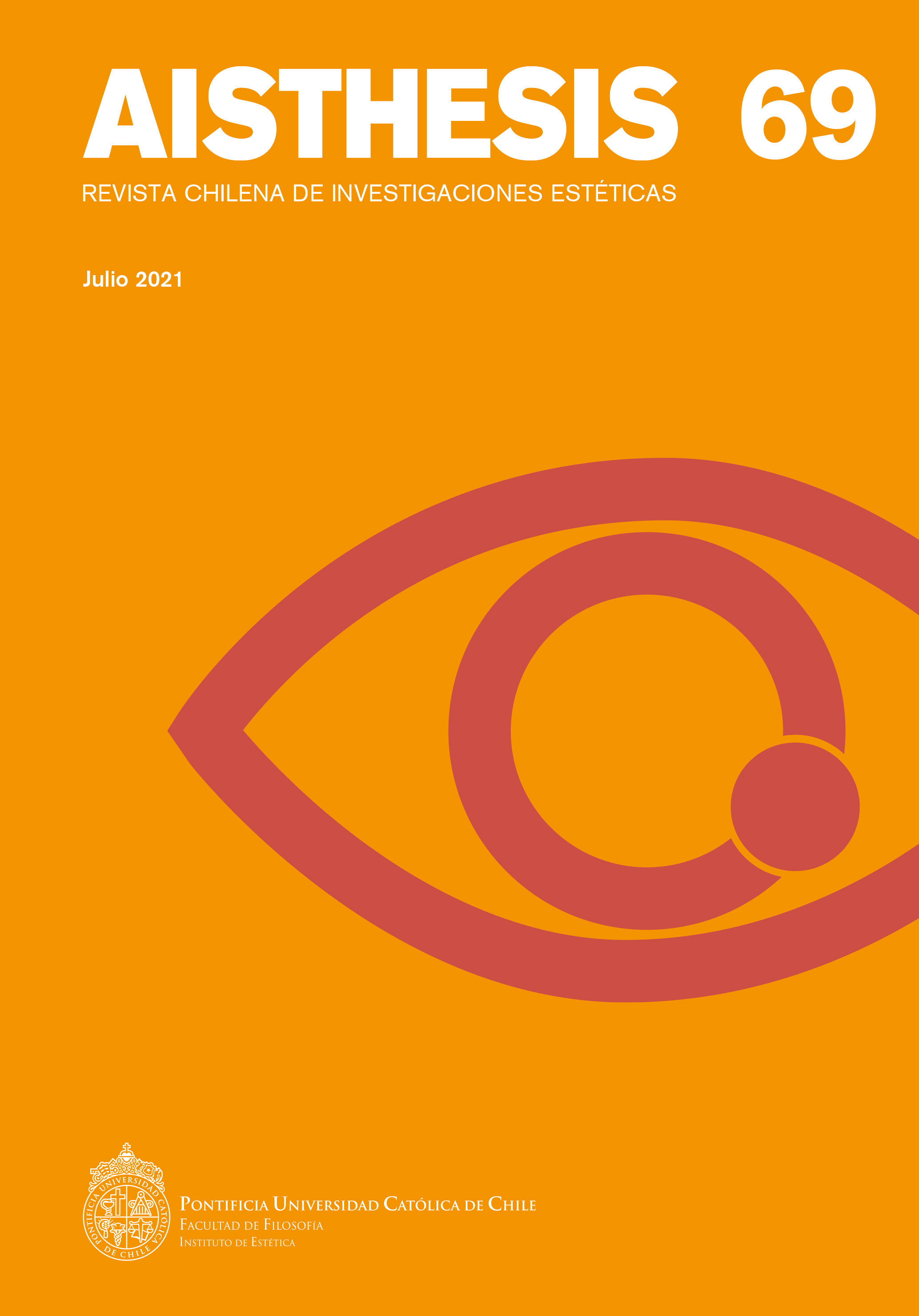Susan Sontag, ante la representación de la tortura
Main Article Content
Abstract
En varios de sus trabajos, Susan Sontag trató de pensar qué podían las imágenes de y ante el sufrimiento de los otros: ¿nos ayudan a comprender o nos insensibilizaban?, ¿en qué contextos y regímenes de circulación son capaces de generar solidaridad hacia la víctima?, ¿en qué condiciones fueron producidas y recepcionadas las fotografías de torturas inflingidas a prisioneros en Vietnam —en los años setenta— e Irak —en los dos mil— y hasta qué punto esas condiciones modifican la percepción social de las violaciones de los derechos humanos? El presente artículo trata de localizar, analizar y poner en valor las aportaciones de Sontag sobre las fotografías de atrocidades, en general, y de tortura en particular.
Downloads
Article Details

This work is licensed under a Creative Commons Attribution-NonCommercial-ShareAlike 4.0 International License.
All contents of this electronic edition are distributed under the Creative Commons license of "Attribución-shareAlike 4.0 Internacional" (CC-BY-SA). Any total or partial reproduction of the material must mention its origin.
The rights of academic works published in this publication belong to their authors., who grant to AISTHESIS: Revista Chilena de Investigaciones Estéticas the license for its use. The management of the permits and the authorization of the publication of the images (or of any material) that contains copyright and its consequent rights of reproduction in this publication is the sole responsibility of the authors of the articles
